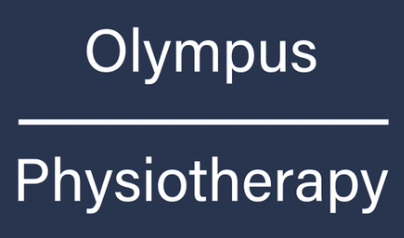Groin Injuries
What is a Groin Injury?
A groin injury involves damage to the muscles, tendons, or ligaments in the inner thigh and hip region. The most common type is a groin strain, which affects the adductor muscles that pull your leg towards the midline of your body. These injuries can range from minor muscle stretching to complete muscle tears requiring extensive rehabilitation.
Groin injuries are particularly common in sports involving rapid acceleration, deceleration, and change of direction movements. They can be acute (sudden onset) or develop gradually through overuse and repetitive stress.
What Causes Groin Injuries?
Groin injuries typically occur through several mechanisms:
Acute injury mechanisms:
Sudden acceleration or sprinting from a stationary position
Rapid change of direction or cutting movements
Overstretching during lunging or reaching movements
Kicking with excessive force, particularly in football
Slipping or losing footing on unstable surfaces
Overuse mechanisms:
Repetitive kicking activities
Gradual increase in training intensity or volume
Prolonged running, particularly with poor biomechanics
Inadequate recovery between training sessions
Risk factors:
Previous groin injuries (significantly increases re-injury risk)
Muscle imbalances between adductors and abductors
Hip joint stiffness or reduced range of motion
Weak core and pelvic stability muscles
Fatigue during training or competition
Inadequate warm-up before activity
Playing on hard or uneven surfaces
High-risk sports:
Football, rugby, hockey
Running and athletics
Tennis and racquet sports
Dancing and martial arts
What Are the Symptoms?
Groin injury symptoms vary depending on the severity and type of injury:
Acute symptoms:
Sharp, sudden pain in the inner thigh or groin area
Immediate difficulty continuing activity
Pain when bringing the leg towards the midline
Possible audible "pop" in severe tears
Rapid onset of swelling and bruising
Ongoing symptoms:
Persistent pain with walking or running
Stiffness in the hip and inner thigh
Pain when squeezing the legs together
Discomfort when getting in and out of cars
Weakness in the affected leg
Functional limitations:
Difficulty with side-stepping or lateral movements
Pain when climbing stairs or hills
Reduced kicking power and accuracy
Compensatory movement patterns affecting hip and back
Apprehension during cutting or pivoting movements
Chronic symptoms:
Deep, aching pain that may persist for months
Morning stiffness that improves with gentle movement
Pain that returns after periods of rest
Gradual onset in overuse cases
Dealing with groin pain? Our specialist team has extensive experience treating groin injuries in professional athletes across multiple sports, including rugby players, triple jumpers and UFC fighters. We provide comprehensive assessment, targeted rehabilitation programmes, and biomechanical analysis to prevent re-injury and optimise your return to sport.
